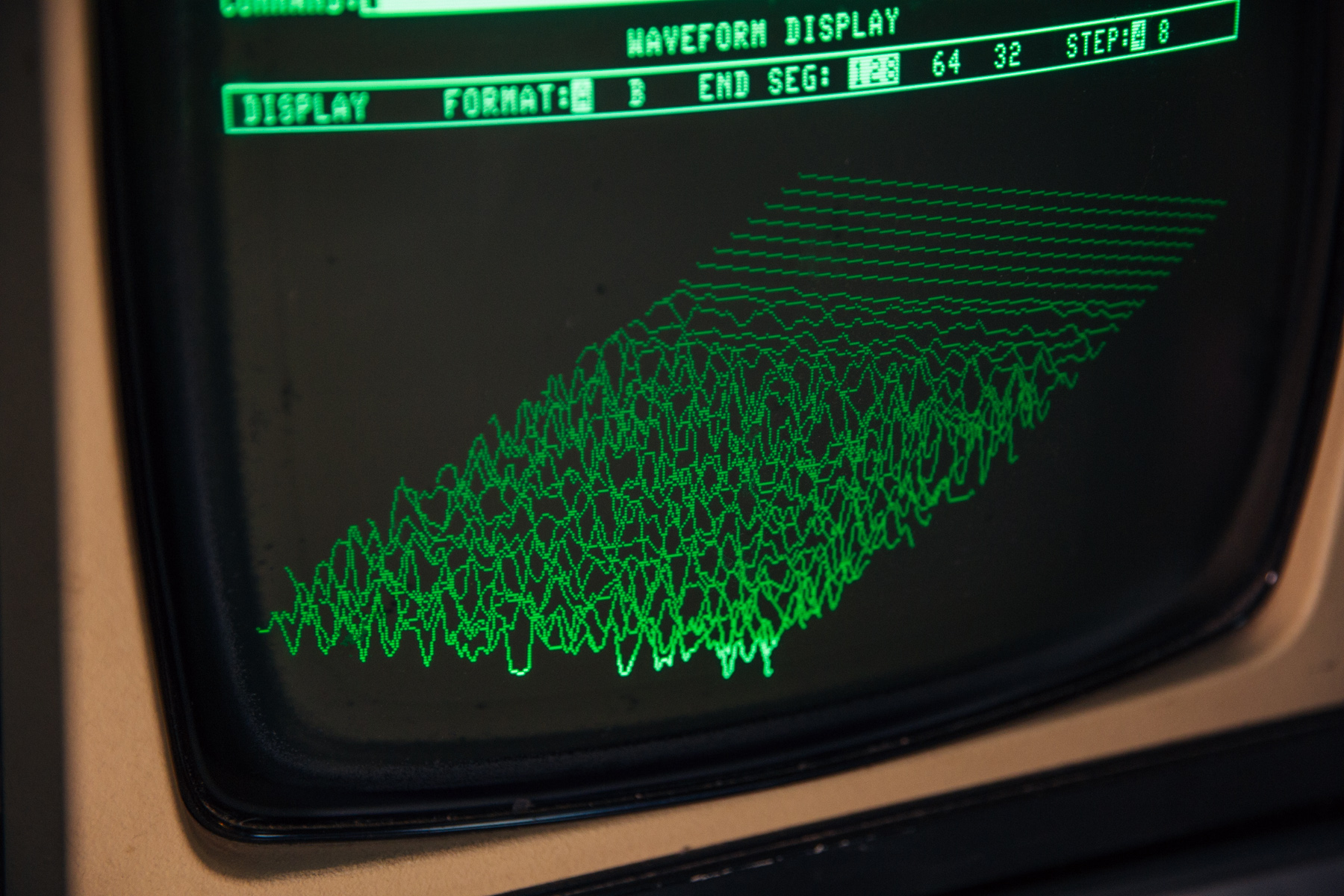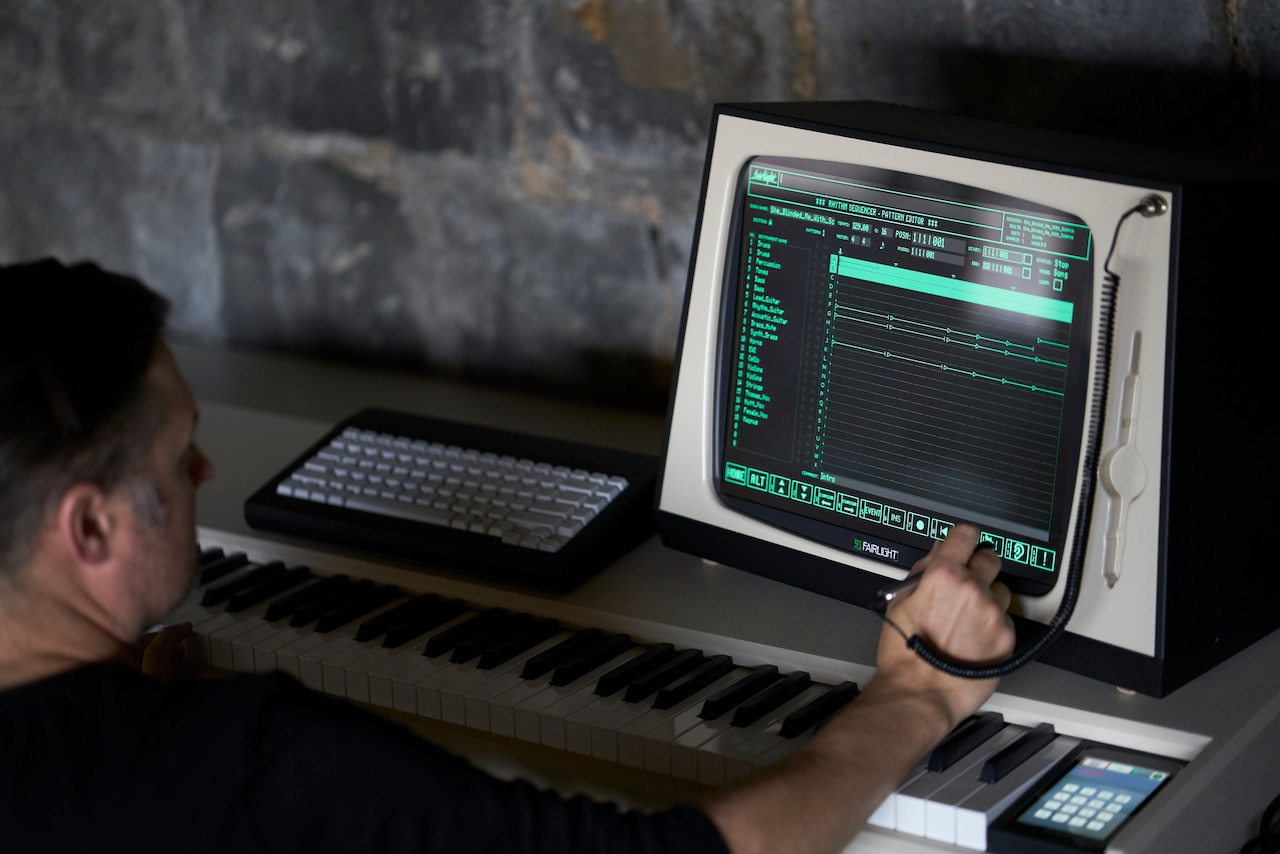
Inside the Melbourne Electronic Sound Studio
Visitors to the Melbourne Electronic Sound Studio would be forgiven for thinking they’ve stepped into the synthesizer equivalent of the Garden of Eden, so tempting are the instruments housed within. The brainchild of renowned Australian artists Byron Scullin and Robin Fox, MESS houses, in the duo’s own words, “one of the most unique, eclectic and historically significant collections of electronic instruments in the world.” It’s a lofty line, but the scope of sound-making devices on display gives credence to the claim – and even better, MESS membership allows for access to practically all of them, making the space function much more like a library than a museum. Above all, MESS is an educational effort, geared towards providing a welcoming space for experts and novices alike where they can experiment to their heart’s content on these enviable machines. According to Scullin, “The big part of MESS’s mission is to bring new people into the fold, especially in terms of ramping up the diversity of people making electronic sound and music generally.”
Below, explore MESS’s eye-watering collection alongside an interview with Byron Scullin on the studio’s beginnings and intentions.
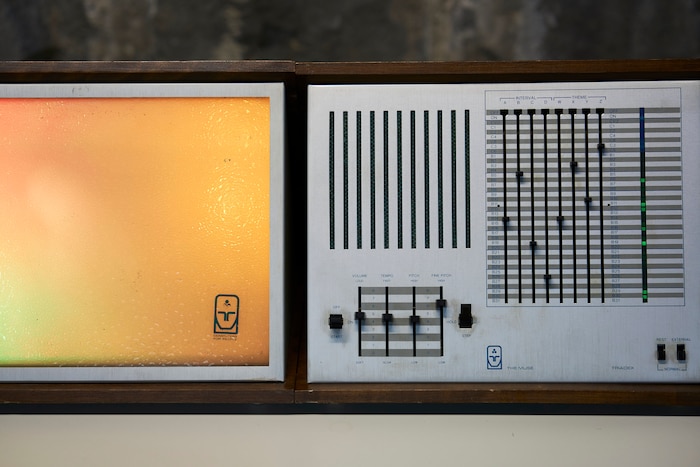
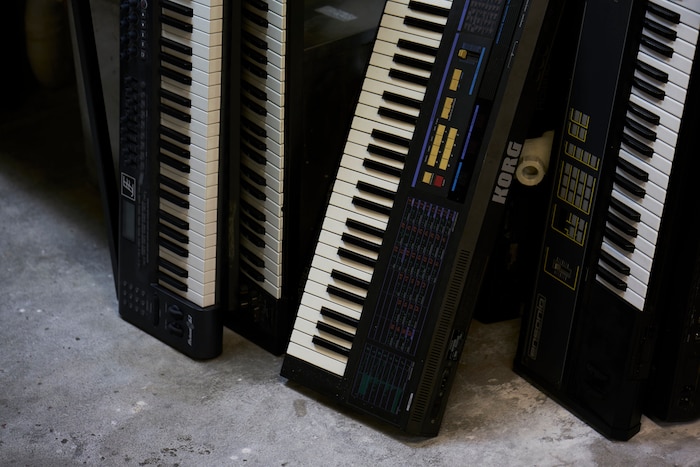

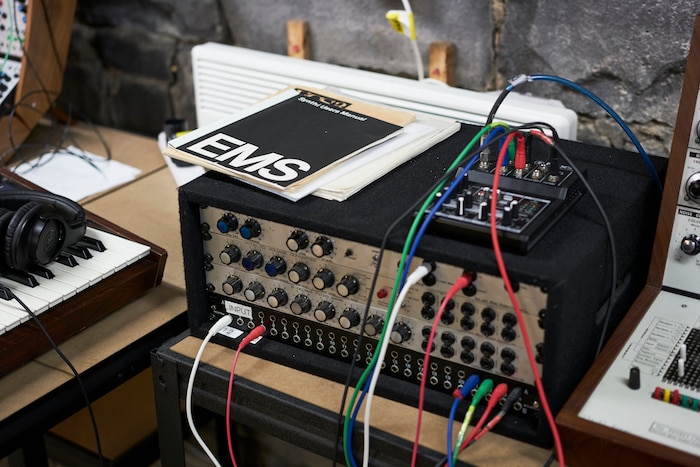
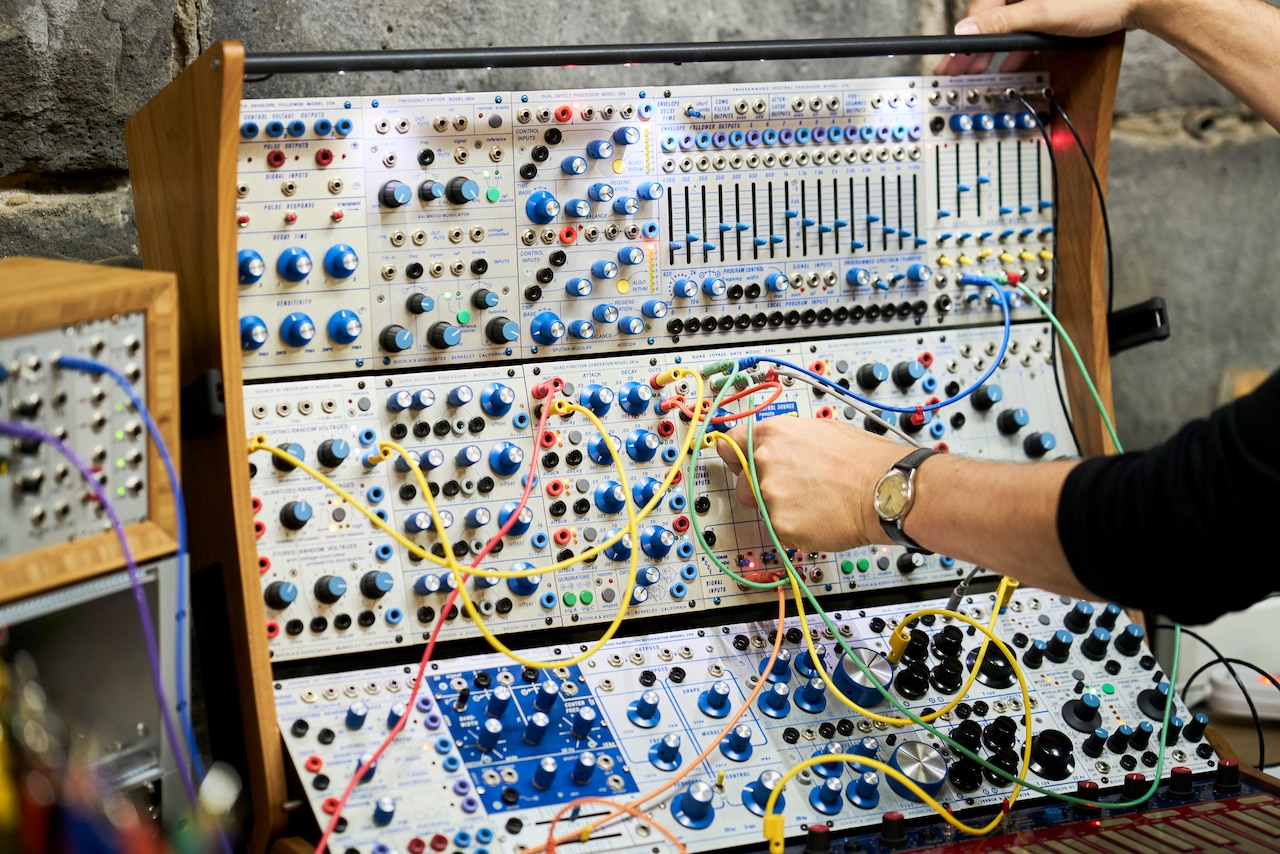
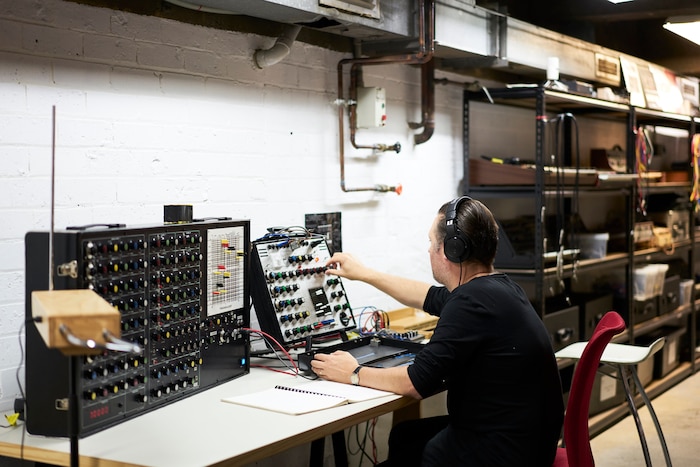
The online bio for MESS refers to its housing one of the most “historically significant collections of electronic instruments in the world.” Where did the idea to do this first come from, how was such a collection put together and how would you define “historical significance” in this context?
Co-founder and director Robin Fox and I cooked up this idea in casual conversation over many years. The inspiration for MESS comes from many places, and I guess what you could call the maintenance of history is just one. In terms of history, when you compare electronic music to other artistic traditions, we’re still at the beginning of the story. The start of recording was only about 130 years or so, but in terms of a mass of people having access to electronic instruments it’s around less than half that time. Our general attitude is not to be conservative with how we see the history, as many of the people who made some of the first affordable synthesisers are still with us and working today. That means that they’re still contemporary. This common idea that a synth from the 1970s is somehow “vintage” says more about fashion trends in electronic music than it does about history.
We have machines in the collection that sound incredibly new despite the fact they’d be classified by collectors as “vintage.” The ultra rare EMS VCS-1 is a perfect example of this. This machine feels like you’re shaping pure electricity with your hands. It makes sounds that any noise/drone artist would kill for, or the kind of thing a dubstep producer could cut to a beat to make into amazingly heavy drops. This instrument is the first machine that Tristram Carey, Peter Zinovieff and David Cockerell put together at the request of Australian composer Don Banks. It’s one of three that exist and it was handmade by them. The other two are tragically rotting in museums as the components perish, but this one still works and still kills. It was out of building the VCS-1 that they decided to start a business making more machines. So from this we get the EMS VCS3 and the EMS Synthi AKS, both of which we also have in the collection. Both are giant machines in terms of their influence and the music and sounds that were made with them - used by Pink Floyd, Eno, Jarre and so on. As electronic sound and music culture continues to grow rapidly, this museum-style idea that the machines we have in the collection should be put under glass or left in some dusty cupboard to be only pulled out for research seems contradictory to the spirit that drives the creation of these instruments, and new sound and music generally.
All of the instruments we have in the collection are functional and playable by our members and guests. By having many, many machines (over 400 currently) representing the ongoing development of electronic sound, we figure that we’re representing the story of electronic music as something to be experienced directly, as a source of direct inspiration for everyone. The collection came together from a variety of different sources. We’re very fortunate to have people close to us who have a passion for these instruments and the resources to help us amass such a collection. They donate the machines to the project at no cost but we maintain them, and by using them we’re actually preserving them. Much like a classic car: You can’t garage it for 10 years and expect it to work, but take it for a short drive every week and it’ll keep running for as long as you maintain it. We feel it’s better to be doing this work in an ongoing way, rather than facing the daunting task of a full restoration.
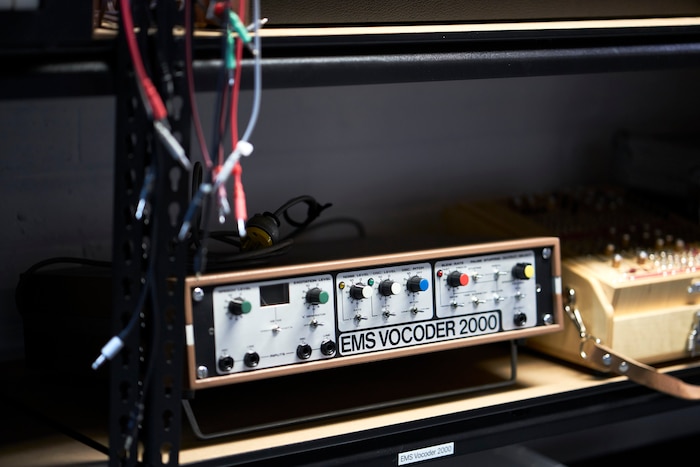
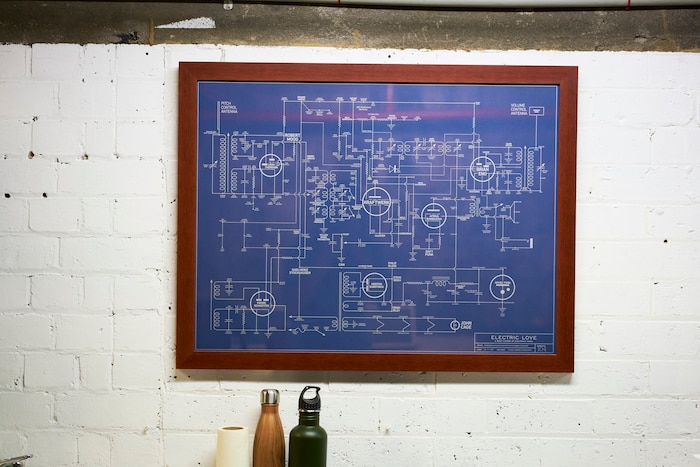

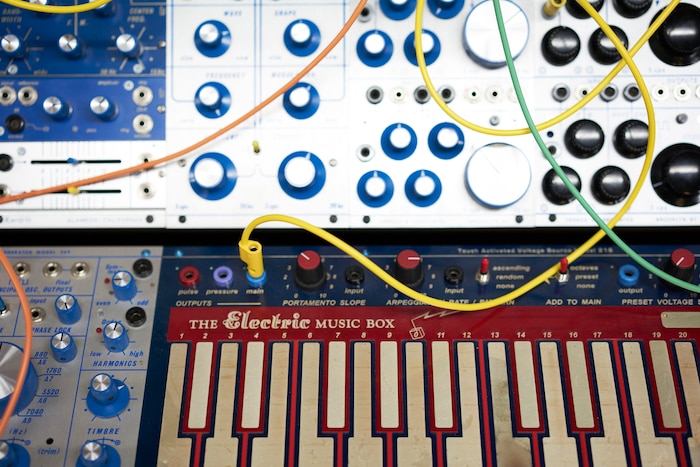


What’s the balance between people who come into MESS with a strong background in making music versus those who come in as complete novices? What steps do you take to appeal to both communities?
MESS is having its first birthday on April 6, and when we started there was no way for us to market test the idea. So Robin and I came up with a starting model that we thought could work and we said to each other: “Let’s open it in an incubator mode and see what happens, see how people use the place and then reconfigure the model around how people want to work.” More generally, we wanted to see what people do and don’t like about the idea. The main way people can get access to MESS is to join as members. This gets them access to all of MESS’s offerings. We’re going to open up access to non-members this year, and international visitors can drop us an email and arrange to come in for sessions.
The general response to the MESS project has been overwhelmingly positive, both locally and internationally. Plenty of our international guests say something like “I wish I had this where I lived!” Which is hugely encouraging and one thing that makes us think our timing in starting a place like MESS is right. Clark spends a bunch of time in Melbourne, is a MESS member and is often in the room working away on the machines. I think there are a bunch of sounds on his new record that were made here. He and I were trying to get around a Yamaha TX802 the other day and laughing at how completely non-intuitive the machine is, but how mucking about with it can generate some great and crazy sounds. In some ways its complexity makes it a perfect “happy accident” machine, and that’s exactly the kind of experience we want everyone to have here.
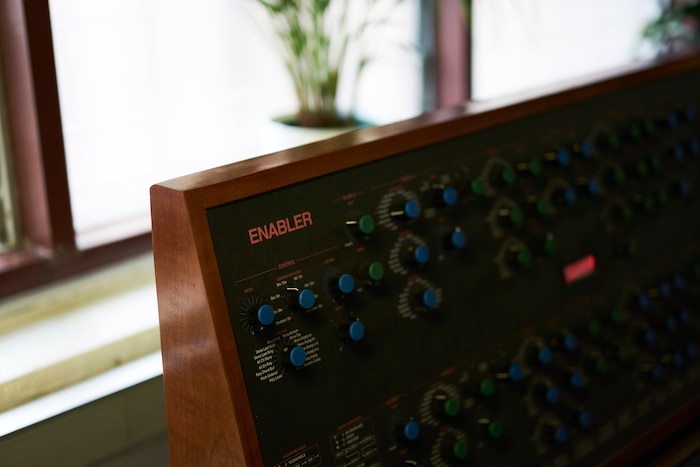
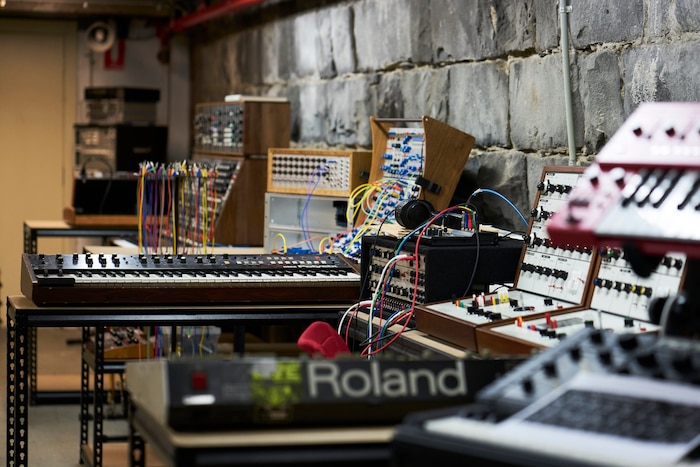
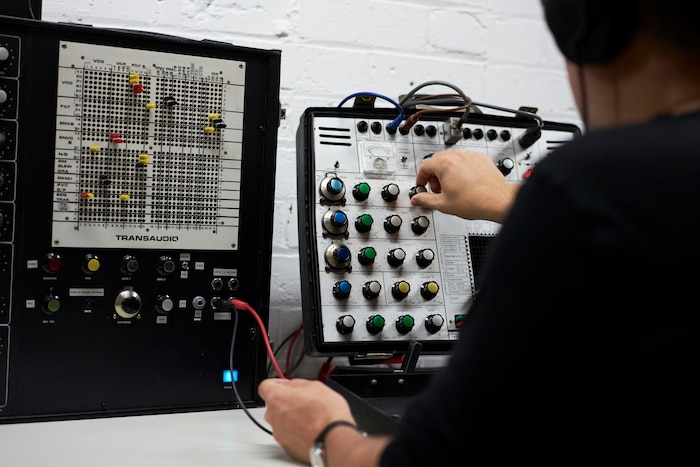
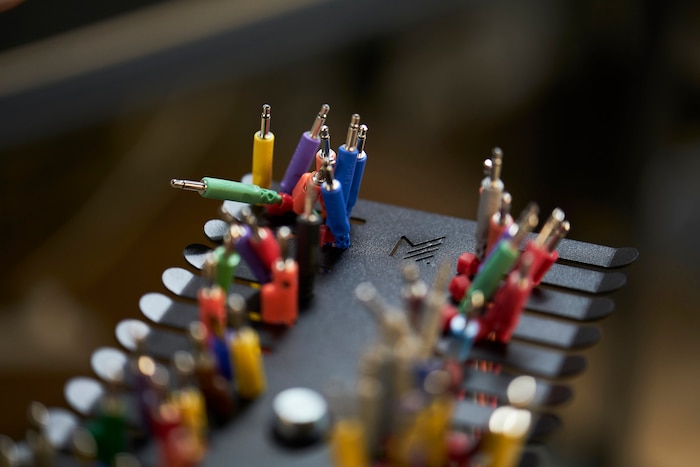
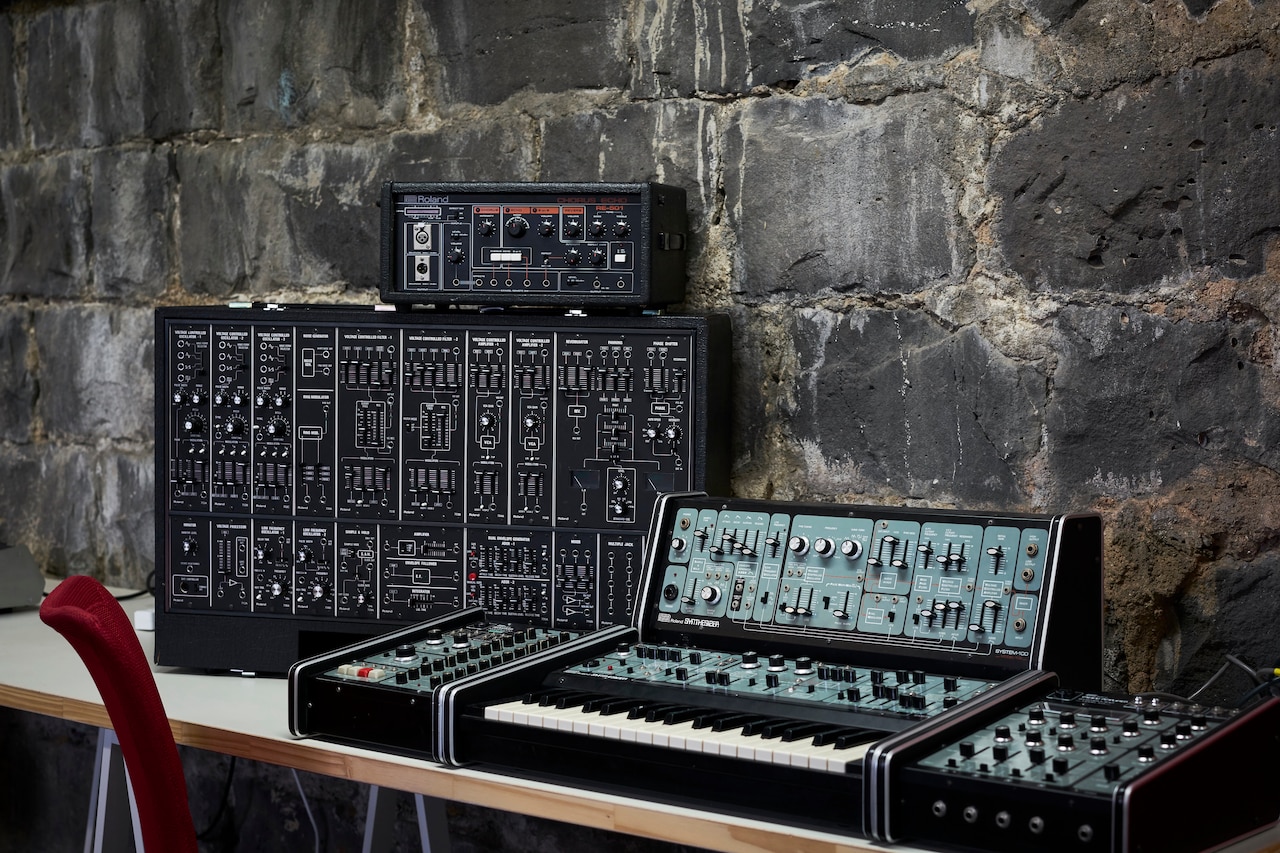
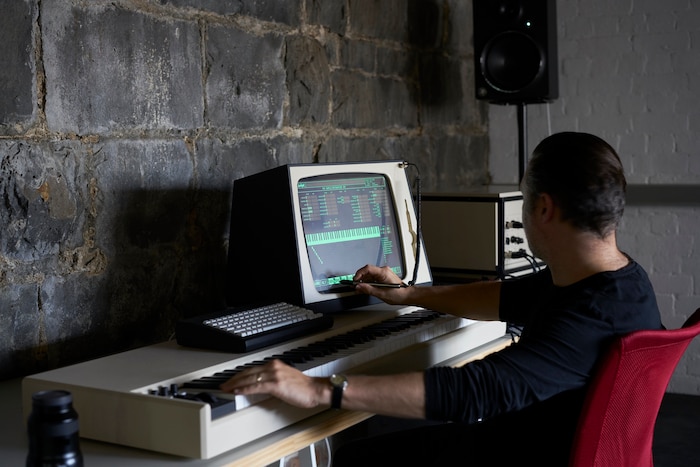
What do you think is the most overlooked instrument at MESS, and alternately, if you only could highlight a few, what do you think are the crown jewels of the collection? On a more frustrating note, what’s the one that require the most repairs or consistent upkeep?
We don’t really don’t yet know what machines are being overlooked after only one year of operation. They’ve all seen some use so far. I think one of the interesting machines in the collection is something called the Pro-Case 6, which was made by a short-lived Australian company called Transaudio. The story of this machine and this company highlights a situation that influenced the formation of MESS. That is, how fragile this young history of electronic music is, and why now is the time to commit to the preservation of what we have.
The Pro-Case 6 is one of only three or four machines that were ever made. In terms of its capability it’s like having two VCS-3s in one case with a step sequencer built in. It was manufactured here in Melbourne, and the one we have at MESS has been fully restored and documented by one of the engineers who built it, a brilliant man named Jim Sosnin. Guys like Jim are a really important part of MESS, as there are many people out there who have forty or more years of experience working with these machines, either as engineers or artists. Gathering up their stories and knowledge is something that’s vital, as we’re not going to have these walking, talking primary sources forever.
So the Australian connection is, of course, one that’s close to our hearts, and that sits with the VCS-1 story from earlier and the Fairlight story, which is another well-known Australian story. This machine is a great instrument and has its own unique voice, palette and way of working. There is nothing else like it in the collection, and to have it in perfect working condition with the means to maintain it is a gift. It also uses the pin board matrix patching method, which is also common with the EMS machines. This is a great piece of engineering that was already acknowledging how a nest of patch cables could present some UI problems. Richard Devine’s patches are amazing, but it must be tough to get your fingers in there sometimes... The pinboard means you can get complex interactions going, but without it getting in the way of the controls. You are a little limited by what you can patch, as the designers have decided what is accessible on the board, but generally they made pragmatic decisions and the instruments retain heaps of scope.
Much like the VCS-3, it doesn’t come with a keyboard, which in itself is important, as many of the designers who made these early machines had little interest in them being able to make tonal music. They were influenced by the avant-garde and experimental sounds of their time, and characters like Peter Zinovieff from EMS are still pursuing new sounds today as he moves into his 80s. I think this idea of not having a keyboard highlights the futurist spirit that continues to move through all electronic music. The idea from the 20th century that the music we’d all be listening to was a departure from equal-tempered tonality still runs strong, and for a lot people still feels radical. I think a heap of the sounds we hear in current EDM owe more to noise music than they do to Western tonal music. When a bunch of these machines were first being sold, the marketing line was “this makes a great string sound,” or “this makes a life-like trumpet sound,” whereas now people sit in front of a Korg MS-20 because it’s a goddamned Korg MS-20 and it’s the unique sound of the instrument that they’re after! Now, they rightly stand on their own merits, but forty years ago buying a synth because it could make weird-ass sound was too radical an idea for most people. I think a lot of early designers probably found it depressing to have their vision reduced to a band-in-a-box sales pitch.

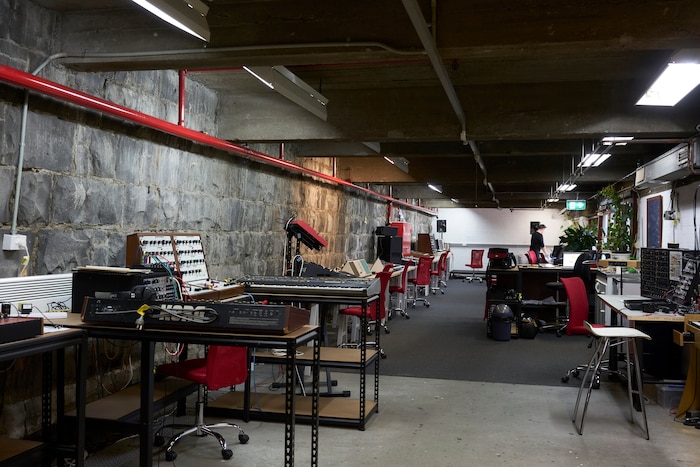
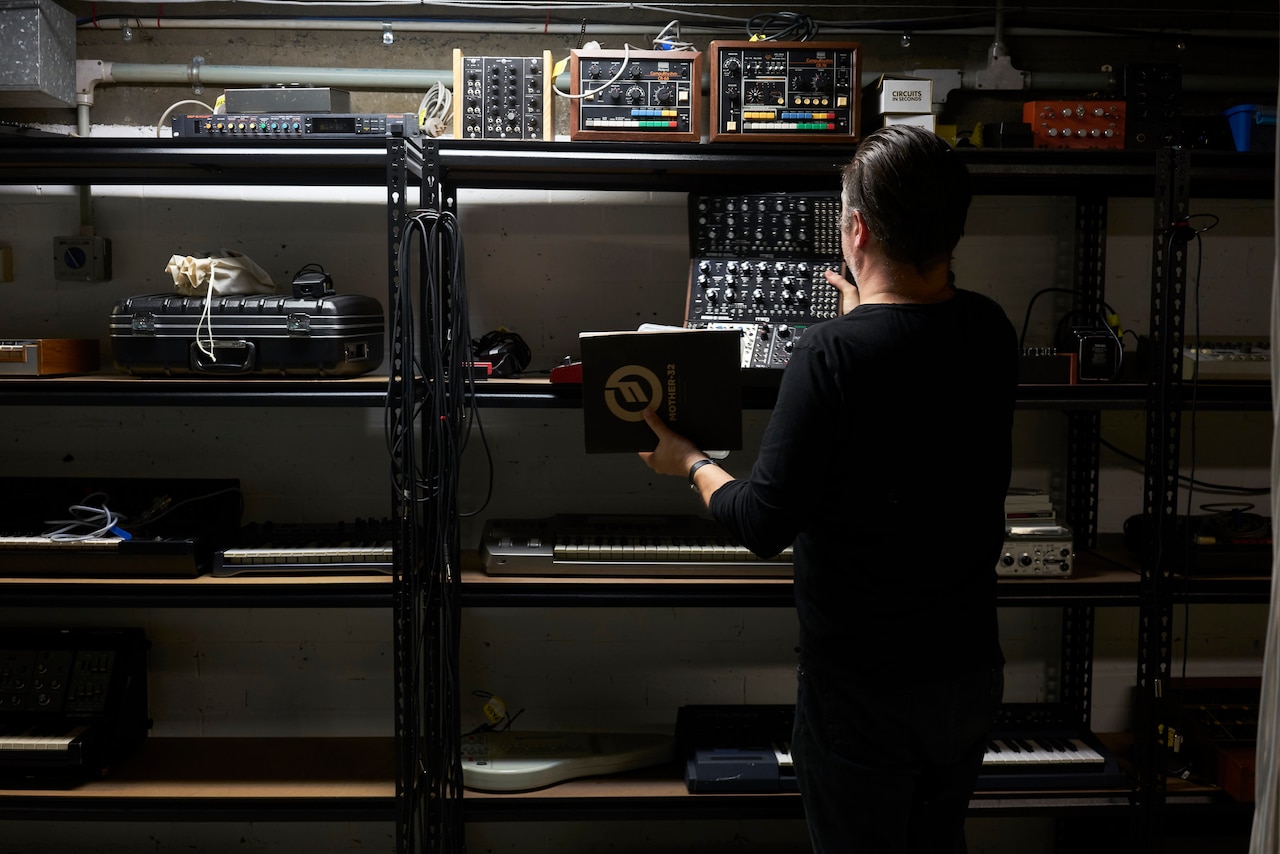
What about the double meaning of “MESS” resonates for you as it refers to this collection that led you to settle on that acronym?
There are a few ways to read the MESS name. The last S is for “studio,” and it’s really not a studio as such in the traditional recording studio sense. But the name was such a great fit, and we just took some licence there. We have so many machines, so it’s a mess of synths in that sense. Also, the look of a fully patched modular looks like a mess, even though patching any of these machines can be reduced to a series of logical decisions following a signal path. It’s a nice juxtaposition and maybe you could draw out that metaphor regarding order and chaos in sound and music making generally.
Lastly, I think that any creative process involves mess. Anyone who creates something is in some ways playing and making it up as they go. Admitting to yourself you don’t know what you’re doing is something every artist has to deal with, and getting started on anything means making mistakes and discarding lots of ideas and work. Being experienced in music or sound just means you’re probably better at making educated guesses. Sounds like a mess to me!
Header image © Kristoffer Paulsen
